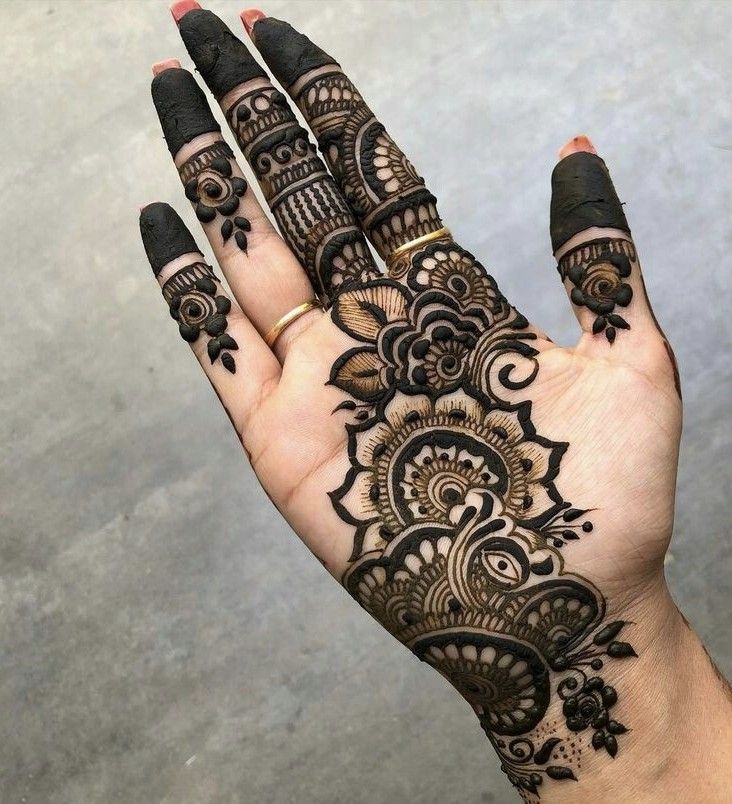Mehendi, or henna art, is a centuries-old tradition that has captivated cultures worldwide. It involves applying a paste made from the leaves of the henna plant to the skin, creating intricate and beautiful designs. Mehendi designs have been used for various purposes, including religious ceremonies, celebrations, and personal adornment. In this blog post, we will delve deeper into the history, significance, techniques, and cultural variations of mehendi design.
History of Mehendi
The origins of mehendi can be traced back to ancient India, where it was believed to have healing properties and was used in Ayurvedic medicine. The practice of applying henna to the skin was also associated with fertility and good luck. Mehendi gradually spread to other parts of the world, including the Middle East, North Africa, and South Asia, where it became deeply ingrained in local cultures and traditions.
Significance of Mehendi
Mehendi holds significant cultural and symbolic meaning in many societies. It is often seen as a symbol of beauty, femininity, and celebration. In Indian weddings, brides typically adorn their hands and feet with intricate mehendi designs, which are believed to bring good luck and prosperity to the couple. Mehendi is also used in other religious ceremonies and festivals, such as Eid and Karwa Chauth.
Beyond its cultural significance, mehendi is also appreciated for its aesthetic value. The intricate designs and vibrant colors can create stunning visual effects and enhance the beauty of the wearer. Mehendi is often used to express personal style, creativity, and cultural identity.
Types of Mehendi Designs
There are various types of mehendi designs, each with its unique style and characteristics. Some of the most popular styles include:
- Arabic Mehendi
Known for its bold and intricate patterns, Arabic mehendi often features floral motifs, geometric shapes, and calligraphy. It is characterized by its flowing lines and symmetrical designs.
- Indian Mehendi
Indian mehendi designs are characterized by their delicate and intricate patterns, which often incorporate traditional motifs like peacocks, elephants, and flowers. Indian mehendi is known for its intricate details and the use of negative space.
- Pakistani Mehendi
- Pakistani mehendi is similar to Indian mehendi but often features bolder designs and more vibrant colors. It is also known for its use of thick lines and intricate shading.
- Moroccan Mehendi
Moroccan mehendi is characterized by its geometric patterns and use of negative space. It is often used to create bold and striking designs.
- Modern Mehendi
Modern mehendi designs incorporate contemporary elements and trends, such as abstract patterns, minimalist styles, and bold colors. These designs often reflect the evolving tastes and preferences of younger generations.
Techniques of Mehendi Application
Applying mehendi requires skill and precision. The process typically involves the following steps:
- Preparing the Skin: The skin is cleaned and exfoliated to remove dead skin cells and ensure smooth application.
- Applying the Mehendi Paste: The mehendi paste is applied to the skin using a cone-shaped applicator or a toothpick. The paste is typically left to dry for several hours.
- Removing the Mehendi Paste: Once the paste is dry, it is gently scraped off.
- Revealing the Design: The mehendi design will gradually darken over the next few hours.
Cultural Variations
Mehendi practices and traditions vary across different cultures. In India and Pakistan, mehendi is often applied to the hands and feet, while in Morocco, it is more common to apply it to the arms and legs. The designs used also vary depending on the culture and occasion.
Mehendi and Modern Trends
In recent years, mehendi has experienced a resurgence in popularity, particularly among younger generations. Modern mehendi artists are experimenting with new techniques and incorporating contemporary elements into their designs. This has led to the emergence of unique and innovative styles that cater to the evolving tastes of consumers.
Conclusion
Mehendi is a beautiful and versatile art form that has been practiced for centuries. It is a symbol of culture, tradition, and personal expression. Whether you are celebrating a special occasion or simply want to adorn your body with intricate designs, mehendi offers a unique and meaningful way to enhance your beauty and connect with your heritage.



